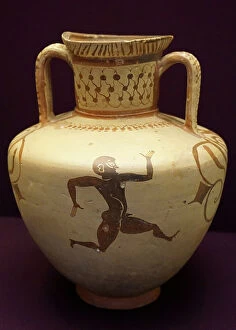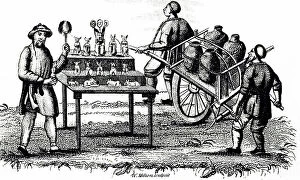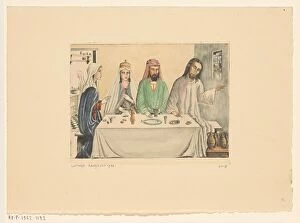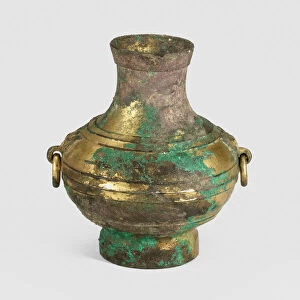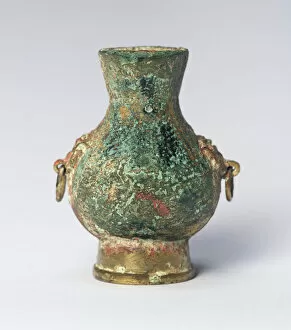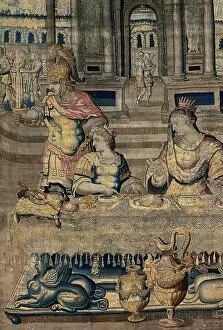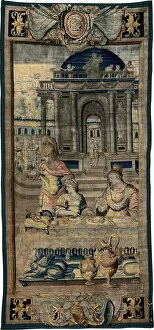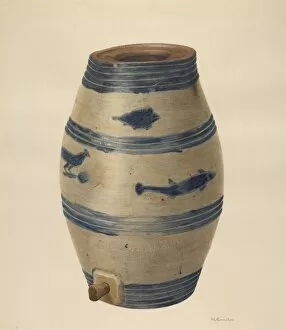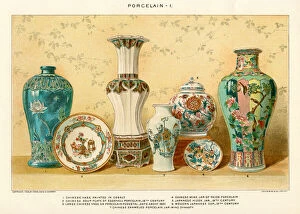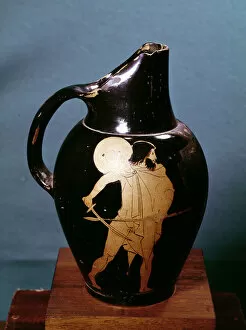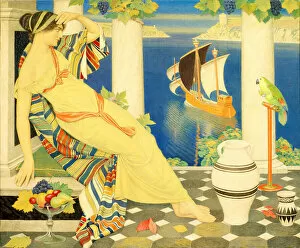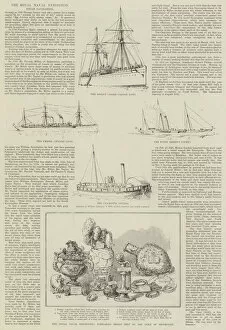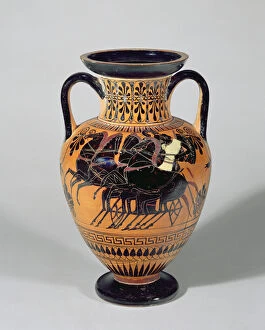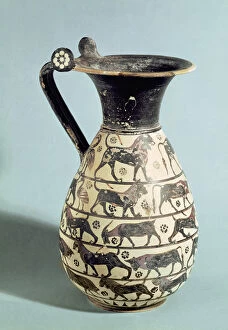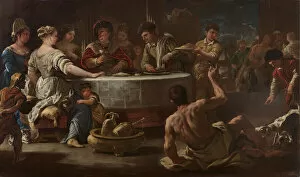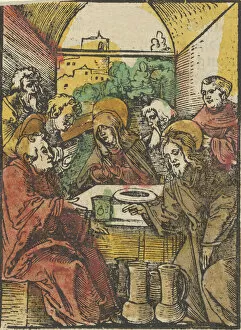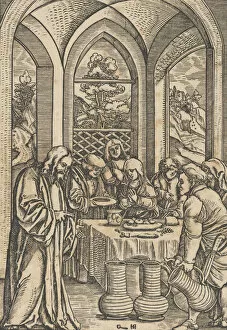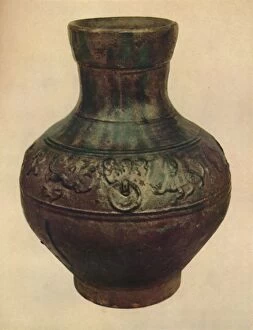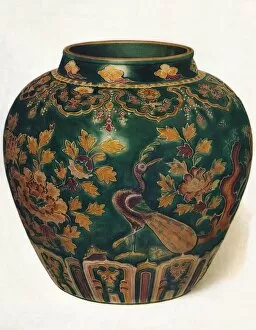Wine Jar Collection
"Exploring the Rich History and Artistry of Wine Jars: From Ancient China to European Masterpieces" Discover the allure of wine jars throughout history
For sale as Licensed Images
Choose your image, Select your licence and Download the media
"Exploring the Rich History and Artistry of Wine Jars: From Ancient China to European Masterpieces" Discover the allure of wine jars throughout history, as we embark on a journey through time and continents. Starting with the Wine Jar (Hu) from the Western Han dynasty in 2nd/1st century B. C. , witness the exquisite craftsmanship that adorned these vessels during ancient times. Moving forward to Tang dynasty's Miniature Wine Jar (Hu) from the 8th century, marvel at its delicate beauty created by an unknown artist. This jar transports us back to a golden era of Chinese artistry. Venturing into France in 1607/30, The Feast from The Story of Artemisia captivates our imagination with its mysterious creator. This masterpiece showcases a wine jar amidst an opulent feast, reminding us of the significance of wine in cultural celebrations. Returning to ancient China, we encounter another remarkable piece - a Wine Jar (Hu) from Eastern Zhou dynasty's Warring States period. Its timeless design speaks volumes about Chinese aesthetics and their reverence for this beloved beverage. In Northern Germany between 1575-1600, The Marriage at Cana reveals an unidentified artist's portrayal of a joyous occasion where wine flows freely. A testament to how wine has been cherished across cultures for centuries. The central part of The Feast from The Story of Artemisia takes us back to France in 1607/30 once again. Amidst lavish surroundings, this artwork showcases yet another stunning depiction of a wine jar symbolizing abundance and indulgence. Fast-forwarding to c. 1939 America, Nicholas Amantea presents his Water or Wine Jug - blending functionality with artistic flair in modern times. A reminder that even contemporary artists find inspiration in traditional forms. Julius Bien's Asian Porcelains lithograph from c. 1880 offers glimpses into various styles and designs found across Asia - highlighting the diversity and beauty of wine jars in this region.

